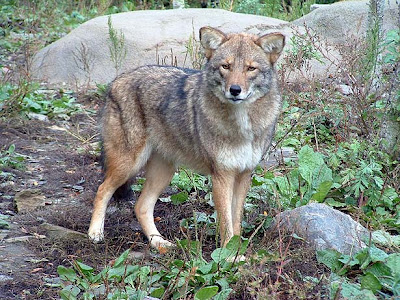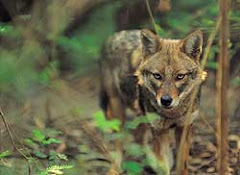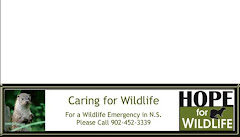Owls in the city
 |
| barred owl in Woodlawn |
Director Hope Swinimer of the Hope for Wildlife Society says owls are actually not that uncommon in urban habitats. Every year her organization deals with injured owls from city settings, some even from central Halifax, and not all are barred owls. A great horned owl was recently found in downtown Bedford and a few winters ago, a snowy owl was rescued in old Halifax.
Swinimer says anything that draws mice and rats, such as bird feeders, pet food and garbage, will be followed by owls, even where urban road traffic can be a major hazard.
“We’re creating a perfectly good habitat for wild animals,” Swinimer says. “but we’re setting them up.”
The idea that owls and cities is a new combination shows lack of knowledge of mankind's past. Where humans gathered, always was there trash. With garbage came rodents, and owls were close behind. Check writings from ancient Greece and Rome.
Yes, We Have Weasels!
 |
| uninvited Meagher's Grant guest |
“I spent the last hour chasing out of the house a little intruder who met me at the door when I got home,” was the message. It was accompanied by this blurry phone photo. Given the speed of a weasel, any photo at all is remarkable.
Grey Seal Pup
The seal pup rescued recently from the downtown Halifax waterfront was a grey seal. That’s unusual. Most seals in this area are harbour seals. Occasionally, northern ice will bring a harp seal pup to coastal Nova Scotia, but not that often. Grey seals’ best known habitat is Sable Island.
This one had several puncture wounds and was severely underweight, but in the care of Hope for Wildlife is improving. See for yourself:
http://www.youtube.com/watch?v=4XrX7hSZ5dk
http://www.youtube.com/watch?v=4XrX7hSZ5dk
As usual, wildlife workers have put out alerts to people who think seals need to be rescued. It is very normal, more so when there is no sea ice, for seals to haul themselves up on beaches to rest. They should be left alone, even the pups. Unless they are obviously injured, they do not need help.
Early Racoons
Spring appears to be early, at least for racoons. On Feb. 26, Hope for Wildlife got its first call of the year about a newborn litter. Meanwhile on Facebook, a report of a very fat racoon crawling out of a local Tim Horton’s dumpster.












